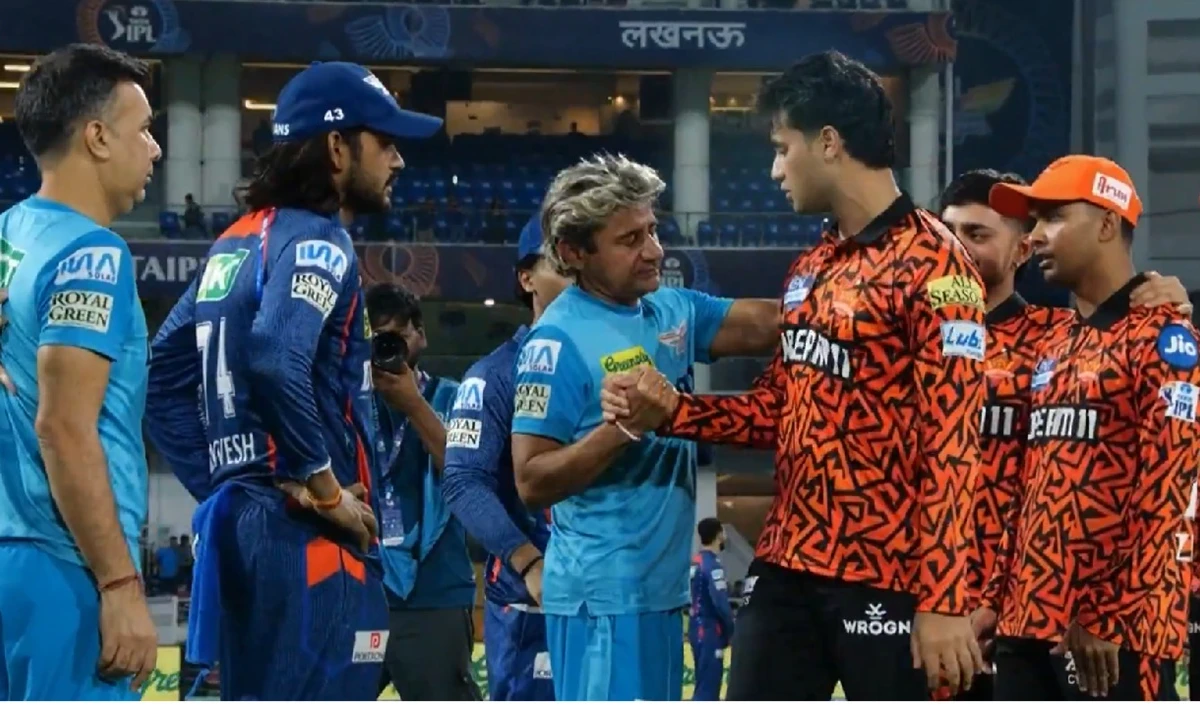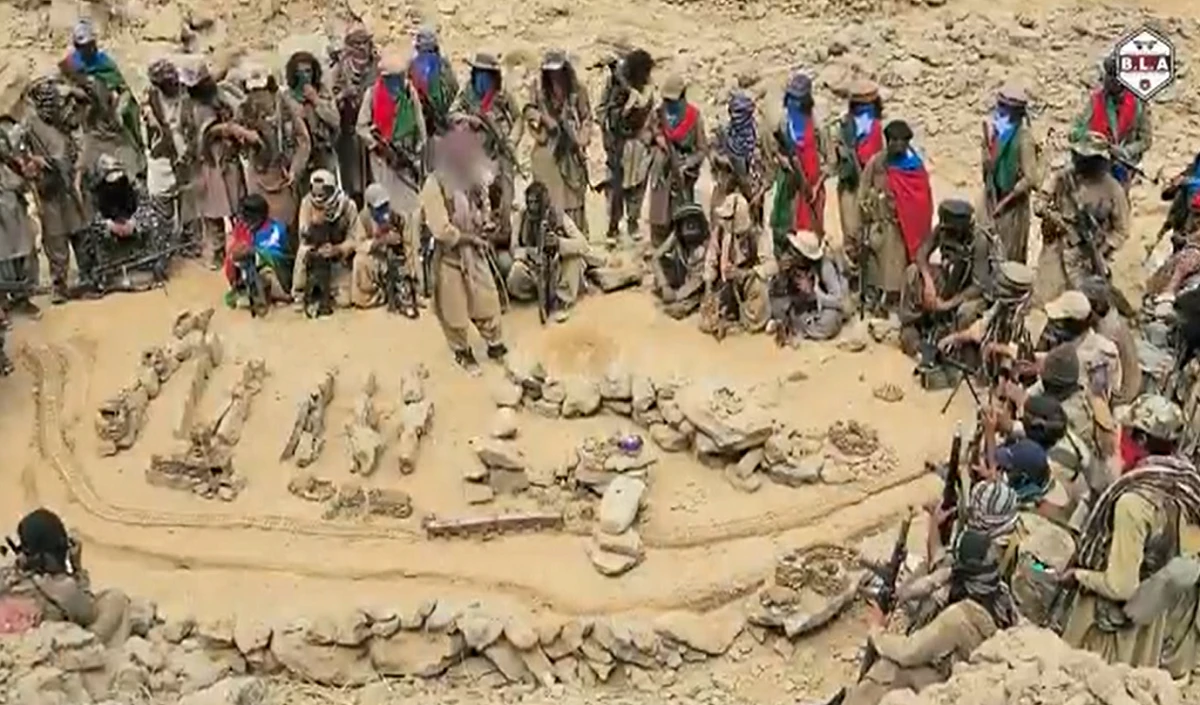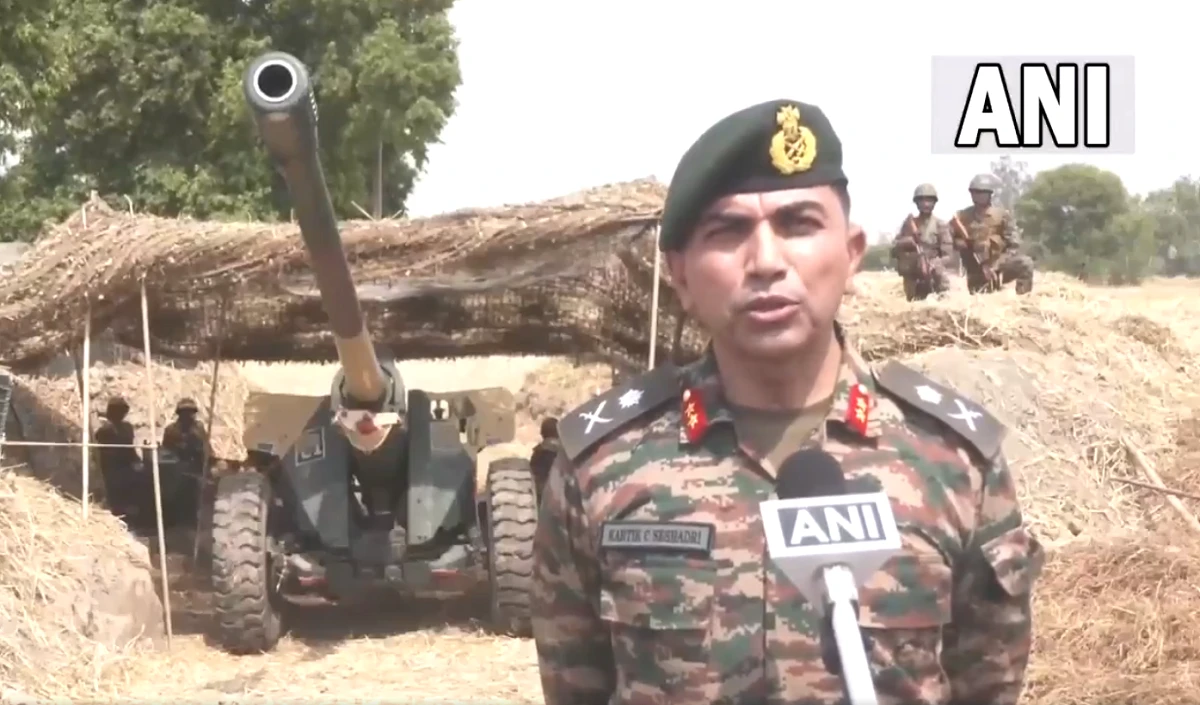Politics in the country seems to be intensifying continuously. The opposition party was constantly demanding caste census from the Center. In this episode, the Center also gave its approval for caste census. In such a situation, caste census will be done for the first time since 1931 in India. The last time caste census was held in 1931 during British rule. It is being told that by the end of 2027, caste census will be completed in the country. The purpose of getting it done is to make public welfare scheme keeping in mind every class.
Since the government is preparing to include caste census in the upcoming national census, the memories of the final full caste census made in 1931 – about a century before this – have been refreshed. The historical process performed during the British colonial rule still puts its deep shadow on the social-political fabric of the country. According to reports, after a similar effort in 1901, the 1931 census was the second census to calculate the castes. It provided important information about the structure of Indian society at that time.
One of the most important conclusions was that the other backward class (OBC) create 52% of the then 271 million (27 million) population of India. This single data point later became the backbone of the 1980 report of the Mandal Commission, which recommended 27% reservation for OBCs in government jobs and educational institutions – a policy that was eventually implemented in 1990. It is said that doing such exercise at that time was not empty of challenges. The previous census saw changes in continuous functioning. For example, in the 1881 census, only caste groups with more than one lakh members were documented. Until 1901, Census Commissioner H.H. Under Rishle, the arrangement turned into a varna-based hierarchy, causing extensive resistance to various castes, which wanted to improve their social status through official classification.
According to the 1931 census, the Baidya of Bengal at the all -India level, Kayastha, situated in many states and Nair castes of Kerala were the most literate. These three groups had traditional business or social conditions, which seemed helpful in their educational development. Baidya was a doctor by profession, Kayastha was Munshi and Nair was from Malabar region, which made early progress in the field of education. While the stesters recorded 78.2% male literacy and 48.6% female literacy, Kayasthas had 60.7% male and 19.1% female literacy, and Nayars had 60.3% male and 27.6% female literacy.
Khatri, a business caste in Punjab, was ranked fourth at the all -India level, with 45.1% male literacy and 12.6% female literacy. In the 1931 census, the fifth place in the All India Literacy List was Brahmins, the only caste found across the country. At the national level, Brahmins had 43.7% male literacy and 9.6% female literacy. They were far ahead of other major “upper caste” communities, Rajputs, whose male literacy was 15.3% and female literacy was only 1.3%. Other Backward Classes (OBC) caste Kurmi, found in many northern states, is one of the major beneficiaries of the present OBC quota system, just behind the Rajputs in terms of literacy, with 12.6% male literacy and 1.2% female literacy.
Another OBC caste Teli has 11.4% male and 0.6% female literacy. Many castes are far behind at the all -India level in terms of literacy. North-West India’s influential Jat community has male literacy of 5.3% and female literacy is 0.6%. An influential OBC caste Yadav in North India has male literacy only 3.9% and female literacy is 0.2%. In particular, a major caste among the Dalits, from which Dr. B.R. Ambedkar belonged to other Scheduled Castes (SC) groups found to be more educated, with 4.4% male literacy and 0.4% female literacy.



